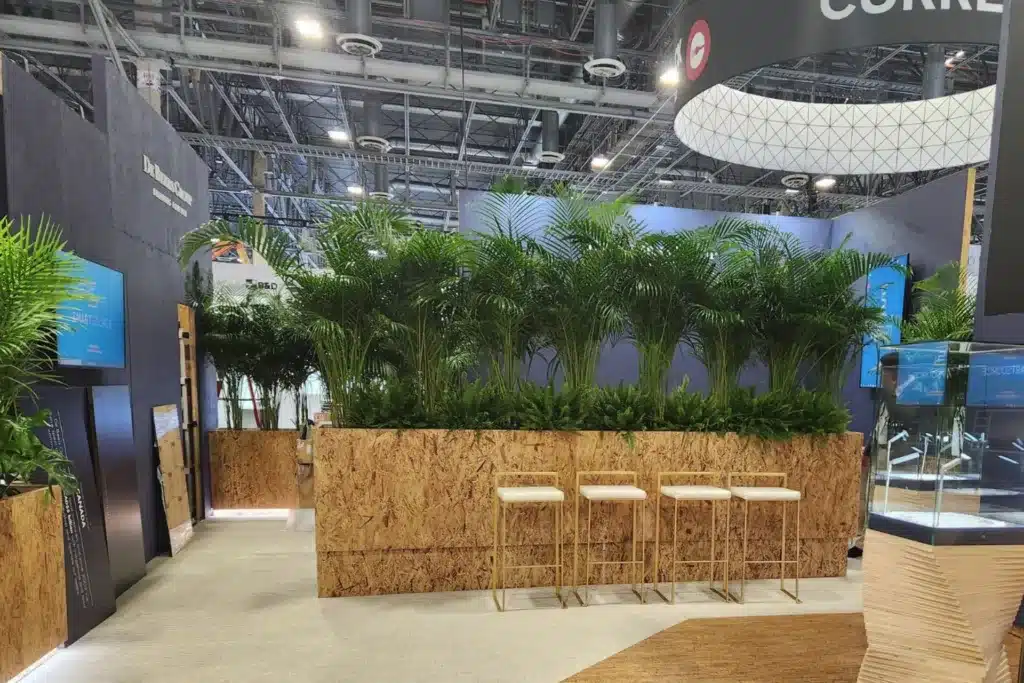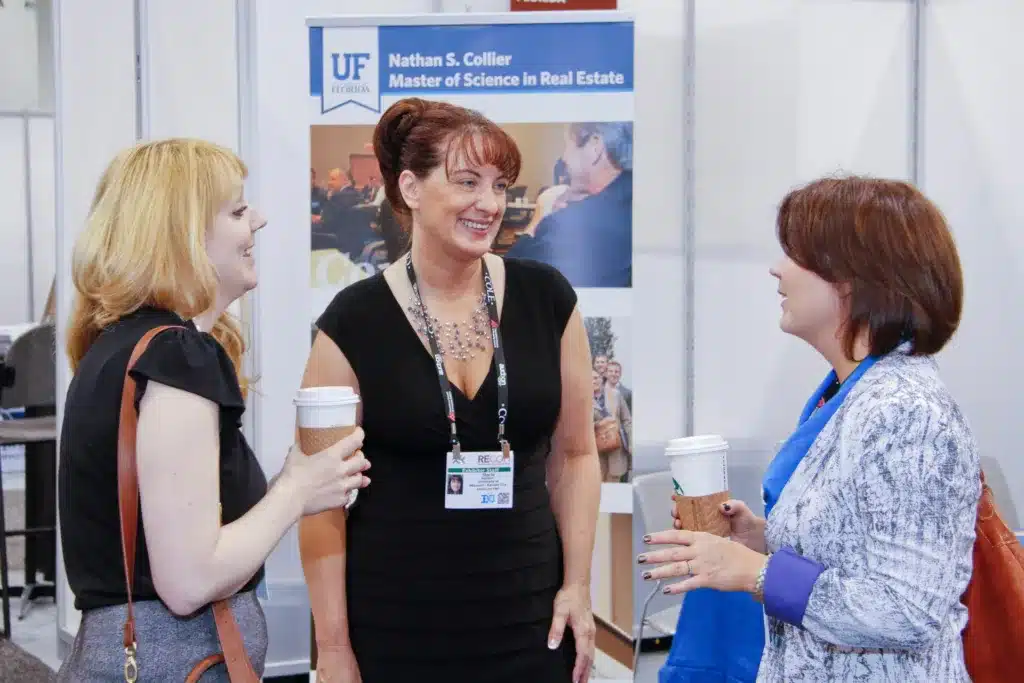Trade shows present a unique opportunity to really show off your brand in person.
Attendees receive a window into your product, service, brand message, and personality all at once.
Curiosity brings them to your booth, but it’s the trade show etiquette that keeps them there.
While the booth itself, whether it’s a smaller 10’ x 10’ space or a whopping 40’ x 50’ exhibit, is important, no amount of design or construction can save your trade show experience if etiquette falls on the back burner.
Best Practice Tips For Your Next Trade Show
Etiquette training should be just as important as any other aspect of a trade show appearance.
Remaining professional and operating with the expected etiquette makes a huge difference when it comes to the impression that you make. Some critical best practice etiquette tips for your next trade show are:
Keep Your Booth Organized
An organized booth is a naturally engaging booth. Put care into how your booth is organized, and how it creates a fluid and clear experience for attendees who interact with it. Use plants to act as decoration and natural division of spaces.

Dress For The Occasion
How exhibitors dress for a trade show will set the tone of the entire experience.
Professional dress codes should be followed unless exhibitors are required to dress a certain way in order to go along with an exhibit theme.
For instance, if your exhibit is conducting “experiment” demonstrations, exhibitors may wear white coats. If the exhibit is for a cooking tool, exhibitors may dress as if they were working in a kitchen.
Both themed dress and professional wear help to breathe life into the atmosphere you’re creating.
Maintaining The Right Body Language
Body language speaks before you ever open your mouth.
When exhibiting at a trade show, body language should remain welcoming and open. Those working your booth should be standing, not sitting, and ready to engage with attendees as they visit the booth.
As attendees walk by the exhibit, exhibitors should make friendly eye contact to draw people to the booth before opening with a warm greeting.
Exhibitors should refrain from eating or drinking while working at the booth and instead remain ready to warmly engage with any attendees who may approach the exhibit at any time.

Communication Etiquette And Providing Warm Hospitality
Great communication is one of the single most important parts of successful trade show etiquette. If any part of etiquette training is prioritized, it should be this.
Hospitality refers to the friendly reception and entertainment of your guests, and you build this through how you communicate and engage.
While welcoming guests to your exhibit, make sure to maintain a comfortable level of personal space.
Guests want the freedom to interact with your exhibit and likely don’t want to be followed in close proximity while doing so. A good rule to follow is to maintain a distance of around one arm’s length away at all times while interacting with guests at your exhibit, and this amounts to a distance of about four feet.
Question You Can Ask
Asking questions makes easy work of professional and etiquette-friendly engagement – but only if you’re asking the right ones. Some examples of great questions to ask while engaging trade show attendees are:
- What do you know about our brand?
- Would you like to see a demo?
- Have you been finding everything you need today?
- What is your role at your company?
- What part of our service/product do you think would be most helpful for your company?
- What brings you to the trade show today?
- Have you visited our swag table?
These questions not only engage attendees but provide you with helpful feedback in many instances at the same time.
Attendees may have questions for you as well, and preparing helpful answers with mock questions ahead of time makes sure you can hold up your end of the conversation as well.
Questions to Avoid
Appropriate trade show etiquette also means knowing how to avoid asking the wrong questions.
Exhibitors should be sure their questions do not slip into a “salesy” space. While sales and leads might be the end goal of the show, conversations should remain personal and engaging, and salesy questions are a killer of engaging conversation. “Are you looking to buy today?” or questions about potential budgets should be avoided; focus on engagement instead.
Effective professional conversation should focus less on talking and more on listening. If the point is to engage, you want to make sure the attendee is opening up and enjoying that engagement with you. Listen actively and openly, maintaining friendly eye contact and really taking in what your exhibit visitors have to say.

Lastly, communication should always remain professional and respectful. Trade shows are busy spaces, with many attendees from all walks of life coming through and engaging with various exhibits. Interaction should always be respectful of age, gender, race, country of origin, and any other traits.
Additionally, because trade show days are busy days for attendees and exhibitors alike, the conversation should be engaging but also respectful of time.
Lead Follow-Up After the Trade Show
Your follow-up after the trade show is just as important as your interactions while there. Follow-up communication should be prompt with all leads made at the trade show.
Your timeliness shows your professionalism, attentiveness, and how you value these contacts, and the follow-up should be done in a personal manner either via email or call.
In your follow-up, you may also ask if they have any additional questions or if they’d like to further explore opportunities for collaboration.
The Right Staffing Is The Recipe For Trade Show Success
The staff that works your trade show appearance is one of the most impactful elements to your success. Professional trade show staffing sets your mind at ease knowing that you have the best possible crew on the ground getting attendees engaged with your brand.
For staffing in the Las Vegas area, contact Expo Ease to further discuss your trade show staffing needs.
